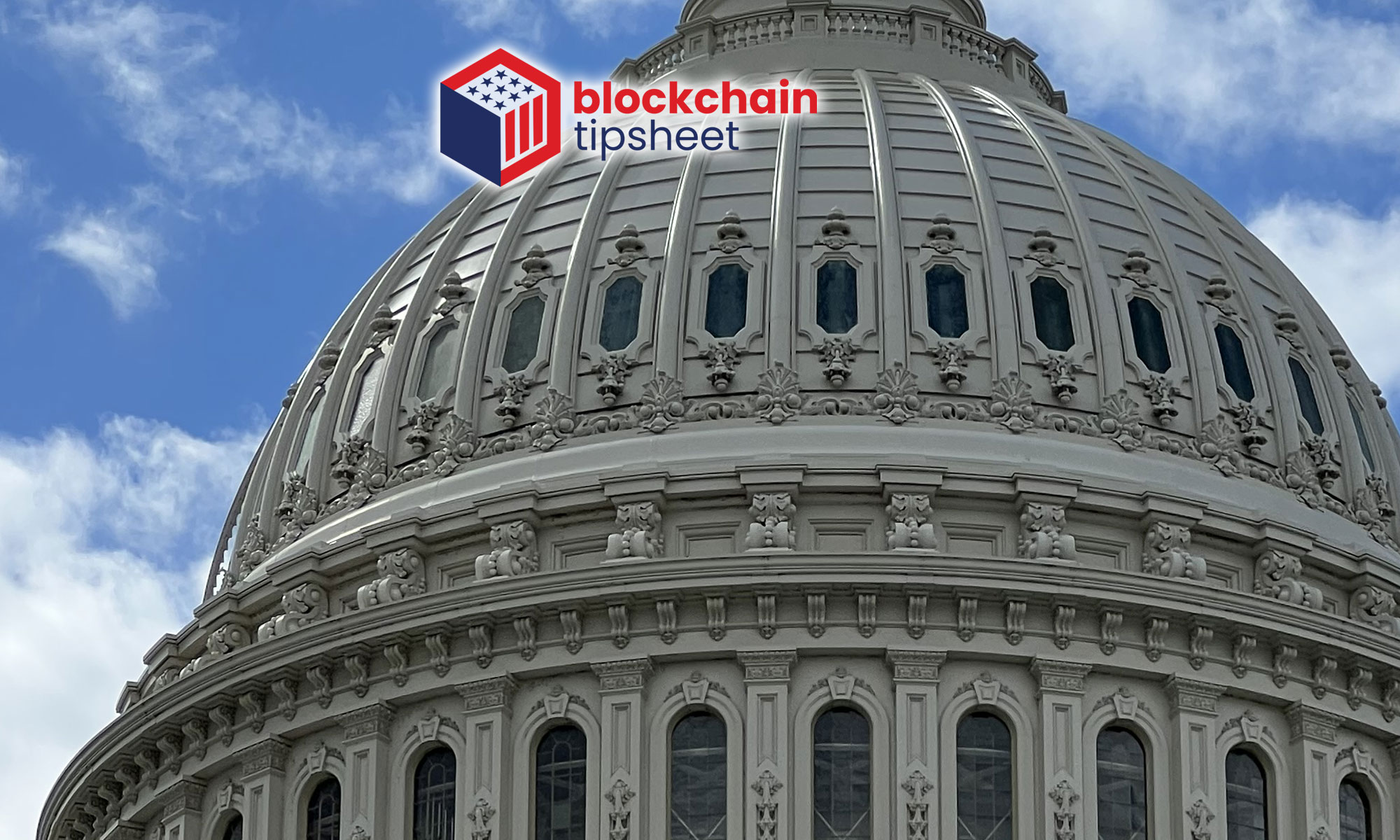Stability.
At the height of the Great Financial Crisis of 2008 and 2009, all anybody wanted was stability within the banking system. Enter 2010’s Dodd-Frank legislation, a “Wall Street reform and consumer protection act,” which sought to put the banking system on a solid foundation and calm domestic and global nerves.
Accordingly, stability was a consistent thread among on-stage discussions last week at The Institute of International Finance (IIF) Annual Meeting which brought together banking titans across industry and government in Washington, D.C. Market structure dynamics, Net Zero initiatives and digital assets mixed with macro issues such as war, inflation and a post-COVID society.
And again… every topic could draw a line to the desire for stability. Yet, that didn’t stop companies within the high volatility, digital asset universe from taking its seat at the IIF table.
In the form of sponsorship for the event – and among a list of TradFi sponsor companies – FTX and Circle were there sending chief executives Sam Bankman-Fried and Jeremy Allaire, respectively, for onstage interviews that engaged a much larger financial community which will one day envelop, embrace or crush all or part of the crypto ecosystem.
BNY Mellon – America’s oldest bank – is already “embracing” as it announced crypto custody services last week after receiving approval from New York State’s financial regulator. Michael Demissie, Global Head of Digital Assets and Advanced Solutions at BNY Mellon said at the conference, “Digital assets is a much broader sector. I think crypto is really just the tip of the spear.” Beyond Bitcoin, Ether and other cryptos, he said settlement and tokenized assets enabled by blockchain technology are in its infancy, but on the way.
The IIF meeting’s exhaustive agenda (PDF) showed that crypto is clearly on the mainstream banking system’s radar but still early in its TradFi implementation. The heavily regulated banking sector’s reluctance ranges from a belief by some that crypto is a speculative “Ponzi” scheme to hesitation tied to a lack of regulation – money transmitter licenses for exchanges and the like, notwithstanding.
Simultaneous to the IIF event, The G20 – representing the United States, 18 other countries and the European Union – met in Washington and announced delivery of its Financial Stability Board’s (FSB) “International Regulation of Crypto-asset Activities: A proposed framework – questions for consultation.”
“Crypto-assets and markets must be subject to effective regulation and oversight commensurate with the risks they pose, while harnessing potential benefits of the technology behind them,” reads the framework’s press release.
The FSB announced that the comment period will last two months – until December 15, 2022 with the FSB’s Secretary General, Dietrich Domanski saying at IIF that he expected the monitoring recommendations to be implemented in 2025.
Domanski added, “That may sound far away, but I think considering the changes that are needed in a number of jurisdictions, this is realistic. However, it does mean that the information exchange – the sharing of experiences – will start earlier. And we ourselves in the FSB will continue our work by looking further into specific areas including crypto conglomerates, including questions around trading or recognition of trading platforms.”
On the topic of national vs. global jurisdictions and how that will navigated, Domanski seemed to indicate it was reliant on open communication within the different members of the global financial system. He said, “The critical issue is to develop robust and reliable coordination and cooperation mechanisms among supervisors, among the relevant authorities. And that is going to be complementing the further work on the framework of the rules.”
On the currently unregulated markets, Secretary General Domanski said his organization’s scope of responsibilities remain active and broke it down in three ways:
-
- Existing Regulations – Crypto assets have to adhere to existing regulation and apply existing rules.
- Existing + – Building on existing regulation and legal frameworks, adjustments may be needed to deal with perimeter issues that exist.
- New – Additional regulation and new approaches will be needed to avoid activities that could introduce financial instability.
Given the vast cross-border scope, Domanski admitted, “This sounds complicated. And I think it is complicated given the different starting points of jurisdictions.” He emphasized that communication and coordination will be key.
The Fed
Joining Domanski in the same panel discussion was the proverbial elephant in the room, the U.S. Federal Reserve, overseers of the World’s reserve currency – the U.S. dollar.
Fed Director Michael Gibson, whose purview includes supervision and regulation, said on crypto assets, “We do want to try to find that balance between the benefits versus the risks.”
Another Fed executive, Molly Mahar, Senior Associate Director, Banking Supervision and Regulation, may have dropped the biggest truth bomb of all on staffing earlier in the conference. She said about regulation coordination, “With regard to staff and training, this is obviously something regulators are grappling with. There is an important element of bringing technology experts together with those that have been practitioners for years in finance. The bringing together of those disciplines on the regulatory side is something which we’re dedicated to do.”

